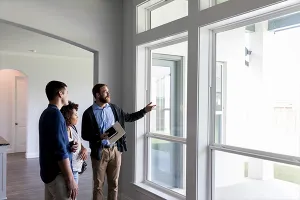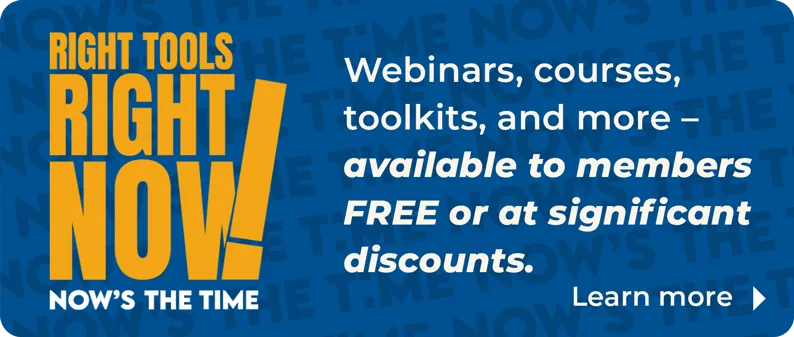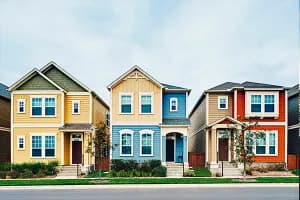At the national level, housing affordability is down from a year ago as rates are slightly higher and brisk home price growth continues to outpace median family incomes.
Housing affordability declined from a year ago in January pushing the index from 182.8 to 171.0. The median sales price for a single family home sold in January in the US was $215,000, up 8.3 percent from a year ago.
- Nationally, mortgage rates were up 8 basis points from one year ago (one percentage point equals 100 basis points) while incomes rose approximately 2.3 percent. The increase in mortgage rates from one year ago costs the median home buyer $8 per month on principal and interest payments at the current home price while rising home prices require an additional $63 per month for a total increase of $71 in monthly principal and interest.
- Income growth means the median family earns $126 more per month than January 2015 and while this is more than the increase in housing costs each month, it means that 56 percent of the additional income would need to be devoted to housing, whereas typically a homeowner spends 25 to 30 percent of income on housing.
- Regionally, three of the four regions saw declines in affordability from a year ago. The Northeast had the only increase of 2.5 percent. The Midwest and South shared the biggest decline in the affordability index of 7.7 percent followed by the West with the smallest at 4.9 percent.
- The Midwest had the biggest increase in price at 9.0 percent while the Northeast experienced a slight decline in prices at -0.1 percent. The South and the West had sizeable gains in prices of 8.5 percent and 7.6 percent increase in single family home prices, respectively.
- By region, affordability is up in all regions from last month. The South (5.6 percent) and West (5.4 percent) had the biggest increase while the affordability increased the least in the Midwest (4.5 percent) and Northeast (4.6 percent).
- Despite month to month changes, the most affordable region is the Midwest where the index is 219.6. The least affordable region remains the West where the index is 124.9. For comparison, the index is 177.8 in the South, 172.7 in the Northeast.
- Currently mortgage applications are up and rates this week have slightly increased from the lower path they were on through the end of February. Vacancy rates remain low and rents are still rising so those who do not own may feel a pinch from price increases. Increases in building permits, available workers, and new construction are needed to help offset inventory shortages that have had an impact on home prices. Despite lower figures in pending sales reported last month, continued demand should sustain sales roughly at the current pace and will provide some stability for the economy.
- What does housing affordability look like in your market? View the full data release here.
- The Housing Affordability Index calculation assumes a 20 percent down payment and a 25 percent qualifying ratio (principle and interest payment to income). See further details on the methodology and assumptions behind the calculation here.











